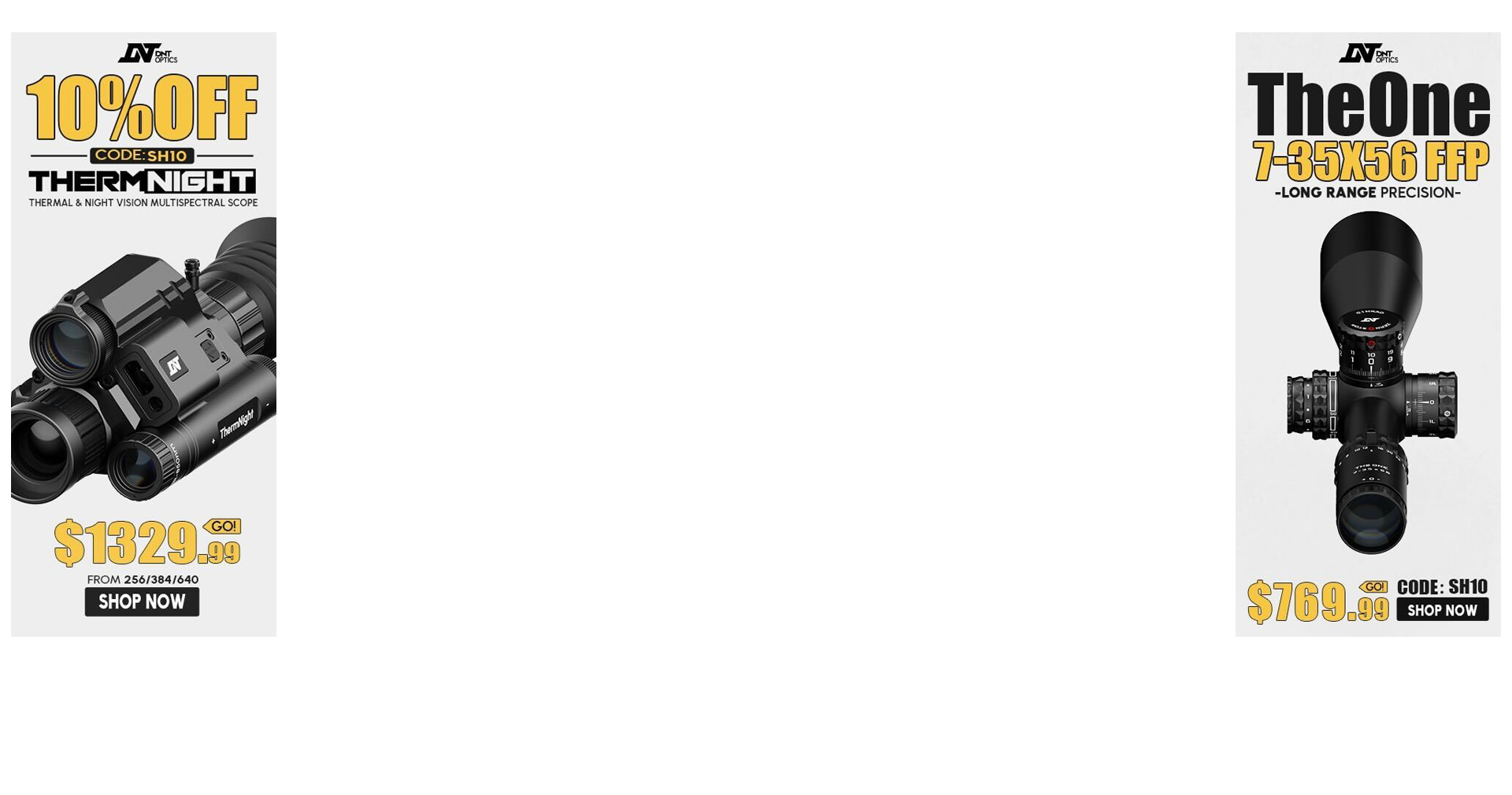Day One, Precision Rifle Course. Students transition from the classroom to the firing line to put into practice what they were able to absorb regarding the Fundamentals of Marksmanship presentation. Lives turned upside-down by the fact that Taylor passed around a 15-pound dumbbell, asking that each student dangle it from their “graspers” while explaining that, “This is what your grip on your rifle should feel like as you pull it into your shoulder”.
Wait… What?!
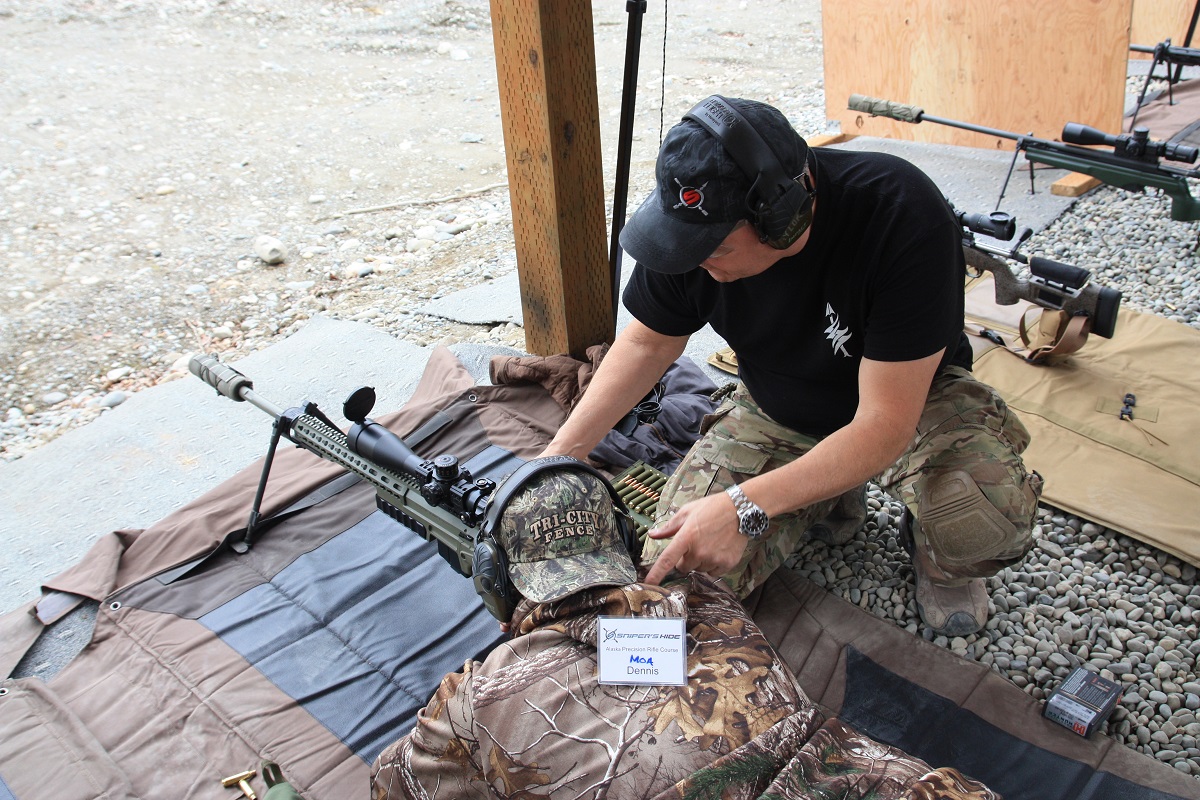
One of the greatest misunderstandings with respect to rifle marksmanship training over the years is the function of the remainder of the shooting hand that is not trigger finger. We’ve seen students apply everything from NO pressure to DEATH GRIP pressure to the rifle with the firing hand, and somewhere between the two is proper shooting hand grip and pressure.
The hand is a fantastic tool, but many fail to understand the two basic physical groups that the fingers are separated into: Graspers and Pincers.
Physiology Meets Ballistics
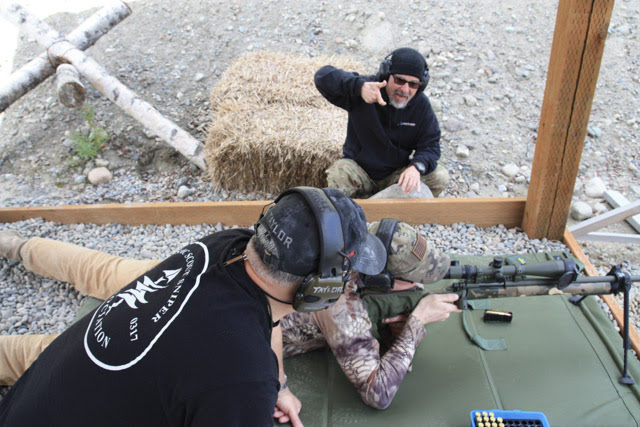
The thumb and forefinger are the pincers. They can operate independently, or as pliers. It is difficult unless trained, and requires some focus, but hold your shooting hand in front of you and press the tip of your index finger rearward toward the thumb without the thumb wanting to move toward the index finger. Try it. Any movement of the thumb is called “sympathetic squeeze”. When the trigger finger presses, the thumb wants to move naturally toward it because they are pincers.
The middle finger to the “pinky” is what makes up the graspers. The graspers are where the power of our grip is and the only reason we can get into the new peanut butter jar. You can easily break the hold of the pincers, but you will not easily break the hold of the graspers. Now, try opening a jar with just your thumb and forefinger. Difficult.
Okay, so what does all this mean to the precision rifle, you ask? Well, a proper grasp of the rifle, with a straight-back pressure, holds the rifle firmly to the shoulder. Recoil, if allowed to happen all on its own, will come straight back along the line of departure, or a line straight through the bore, to the shoulder. The graspers of the firing hand pull the weight of the rifle into the shooter’s shoulder in anticipation of recoil. Uncontrolled recoil will have a “running start”, so to speak, and cause the rifle’s butt to impact the shoulder as the bullet leaves the barrel. Any movement of the line of departure other than straight back is a movement that will cause the bullet to deviate from its intended aiming point, which actually if viewed through the line of departure, is above the target by precisely the amount of drop that the effect of gravity will have on the bullet during its flight. Only your scope is pointed to the target. Your barrel is raised to defeat gravity.
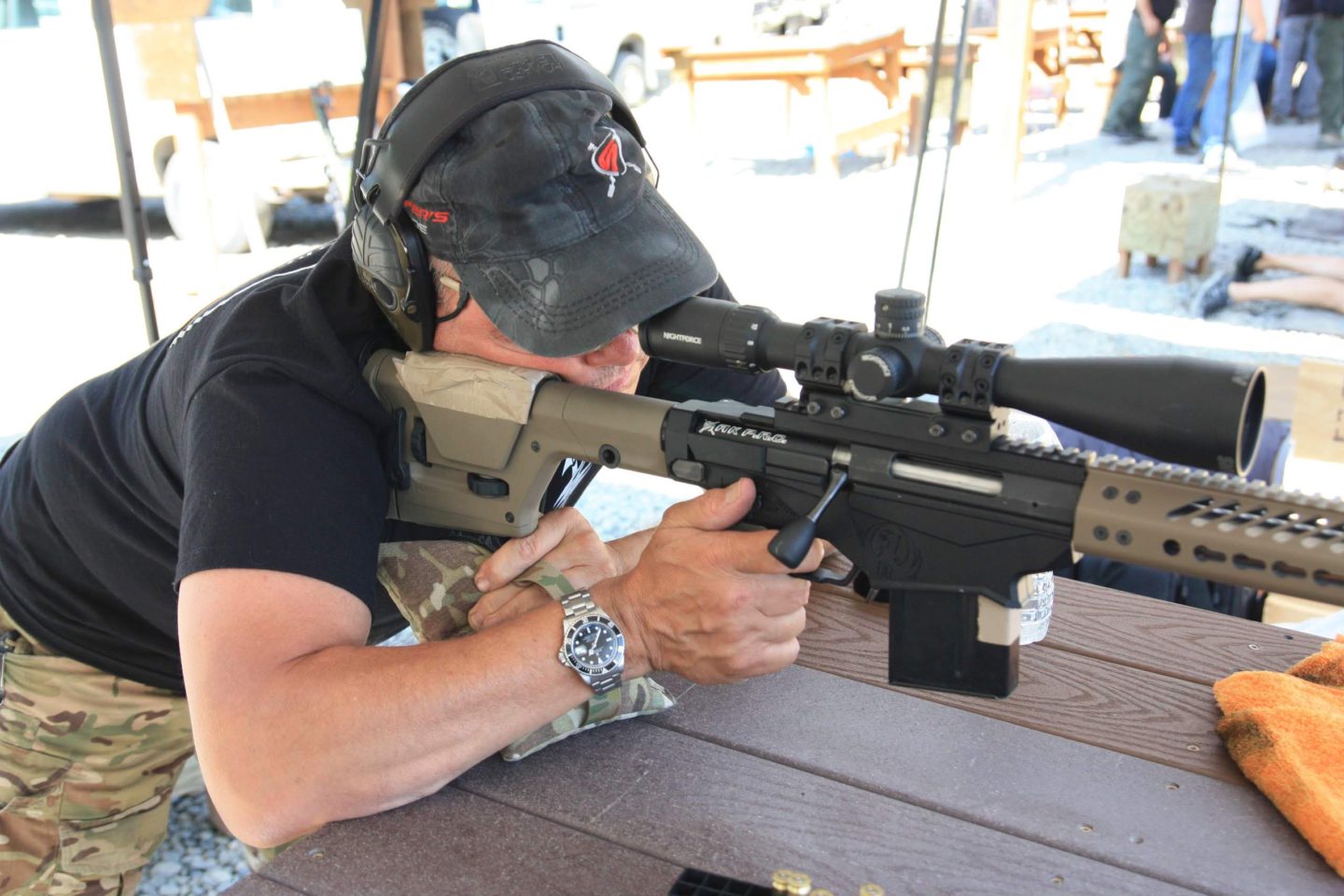
You’ve got pressure to the rear with the graspers and you are married up to the trigger. You begin the press of the trigger. Take the shot.
Now, what caused this shot to happen was the straight-back pressure applied to the rifle’s trigger by the trigger finger, which is one of the pincers we talked about. The trick is to press the center of the first pad of that trigger finger straight back with just enough pressure to allow the sear to disengage and the rifle to fire. You’ve pressed the start button. In the Fundamentals, this is trigger control, and if you are one of Frank and I’s students, you have been bludgeoned to near death with the sound of “Press. Break. Freeze.”
Proper Supporting Equipment
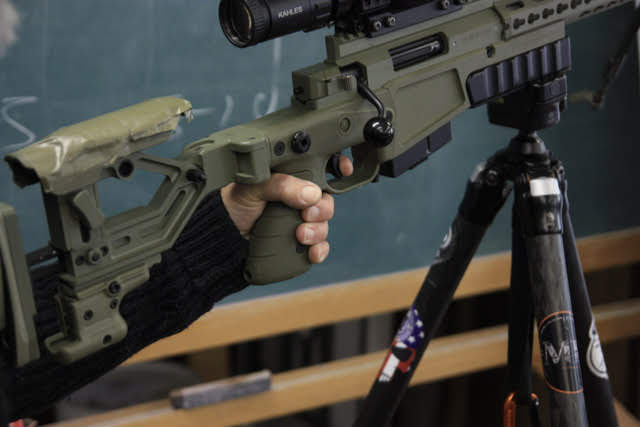
The reason that the pad of the buttstock is raised when shooting prone-position shooting is to allow the recoil to travel on a more straight line to the shoulder. A butt pad that is too low will cause the recoil to exploit an angle weakness and the bore may rise as the rifle recoils. The raised buttstock is an equipment advantage and prone shooters should demand a chassis or stock that lifts in the rear. Most hunting stocks do not offer this advantage as very few hunting shots are taken from the prone.
Another equipment advantage is the vertical or near-vertical surface that the shooting hand’s graspers are pulling against. Too much angle, like in an AR’s pistol grip, leads to an upward as well as rear pressure, which may lead to problems of its own when the shooter’s body relaxes for that micro-second at the breaking of the shot.
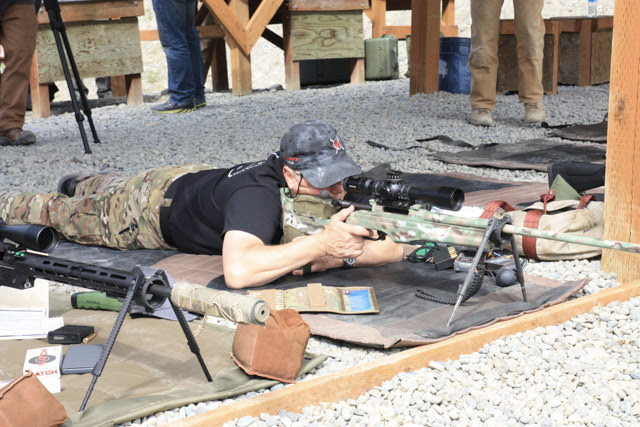
The most comfortable of rifles will have a fat, flat, near-vertical surface to pull against. It’s the reason Accuracy International rifles, Sako TRG’s and many of Kinetic Research Group’s chassis offerings, to name a few, are so popular. They offer vertical or near-vertical surfaces for the firing hand’s graspers to pull against, providing even, straight-back pressure.
HMMM… What to do with this thumb…?
Some shooters wrap the thumb and some shooters like the thumb on the shooting hand side commonly referred to as “floating”. It’s not exactly floating, as it is customary to lightly lay the thumb toward the rear of the receiver or lay it forward toward the trigger finger. Regardless of which method you employ, one must isolate the thumb and ensure that there is no pressure applied to the thumb. If your thumb is turning white from pressure, you are wrong. It should be “dead”, and someone should be able to walk over and lift your thumb because it is lifeless. My students are accustomed to me performing a “thumb check” on them to ensure there is no pressure being applied. Do not allow the thumb to act as it wants, like a pincer, and move toward the tip of the trigger finger pad as it moves to the rear. That is an unwelcome movement and the only movement at this point should be the pad of the trigger finger against the trigger.
How Success is Measured
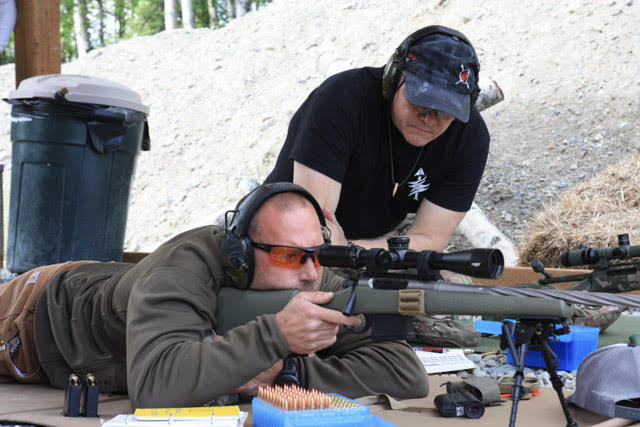
Now, you are using proper, straight-back pull with the graspers in anticipation of your rifle’s recoil. You will control your rifle’s recoil. Your press of the trigger with the center of the pad of your trigger finger, a pincer, will turn this machine on. Straight back recoil will leave the crosshair near or on the target during Follow-Through, and Follow-Through that leaves the reticle over the target is a zen moment. That is success! It means you have applied the fundamentals properly and managed your recoil with straight-back pressure. You have mastered the pull and press with the firing hand and properly isolated the thumb. You are now free to work the bolt and put another one on the target before conditions change…
Send it!
Other Marc Taylor Articles

